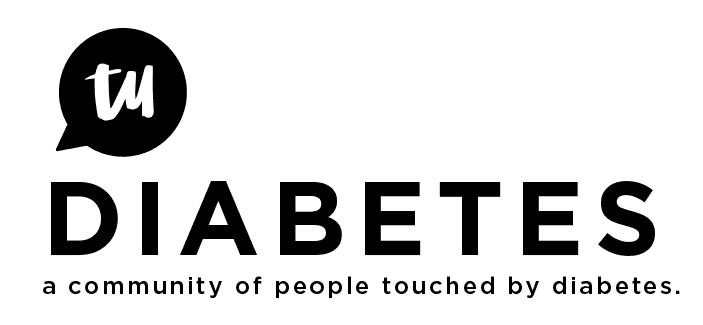Well, I'm not sure of the role of alkaline phosphatase. From what I have read, alkaline phosphatase is usually increased with vitamin D deficiency and then comes down when you treat. Normally, alkaline phosphatase would be decreased when you have high D levels.
Vitamin D toxicity usually results in hypercalcemia, kidney stones, kidney stress, weight loss, nausea, etc. From the Merck Manuals:
Vitamin D Toxicity
Usually, vitamin D toxicity results from taking excessive amounts. Marked hypercalcemia commonly causes symptoms. Diagnosis is typically based on elevated blood levels of 25(OH)D. Treatment consists of stopping vitamin D, restricting dietary Ca, restoring intravascular volume deficits, and, if toxicity is severe, giving corticosteroids or bisphosphonates.
Because synthesis of 1,25(OH)2D (the most active metabolite of vitamin D) is tightly regulated, vitamin D toxicity usually occurs only if excessive doses (prescription or megavitamin) are taken. Vitamin D 1000 μg (40,000 IU)/day causes toxicity within 1 to 4 mo in infants. In adults, taking 1250 μg (50,000 IU)/day for several months can cause toxicity. Vitamin D toxicity can occur iatrogenically when hypoparathyroidism is treated too aggressively (see Electrolyte Disorders: Pathophysiology).
Symptoms and Signs
The main symptoms result from hypercalcemia. Anorexia, nausea, and vomiting can develop, often followed by polyuria, polydipsia, weakness, nervousness, pruritus, and eventually renal failure. Proteinuria, urinary casts, azotemia, and metastatic calcifications (particularly in the kidneys) can develop.
I have also heard that magnesium plays a crucial role in the metabolism of vitamin D and calcium, so I make sure that my magnesium levels are normal and I supplement with magnesium.
In any case, your readings are too high and it is good to reduce the intake as both of us have done.
